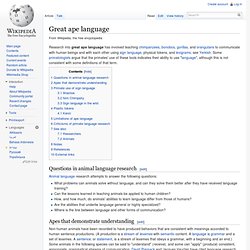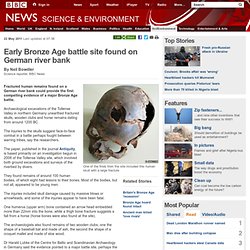

THE THINKING OF THOUGHTS. Gilbert RyleReprinted from 'University Lectures', no.18, 1968, by permission of the University of Saskatchewan I begin by drawing your attention to a special, but at first sight merely curious feature of the notion of doing something, or rather of trying to do something.

In the end I hope to satisfy you that this feature is more than merely curious; it is of radical importance for our central question, namely, What is le Penseur doing? Two boys fairly swiftly contract the eyelids of their right eyes. In the first boy this is only an involuntary twitch; but the other is winking conspiratorially to an accomplice. At the lowest or the thinnest level of description the two contractions of the eyelids may be exactly alike. So far we are on familiar ground.
Similarly, sloping arms in obedience to an order differs, but does not differ in number of actions from just sloping arms. Come back to our winker. Part of this can be brought out in another way. (d) Practising is rather similar. Anthropology.net. ARCHAEOLOGY. The Monkey Wars. Anthropology & Law. Animal bodies, human minds: ape ... Great ape language. Research into great ape language has involved teaching chimpanzees, bonobos, gorillas, and orangutans to communicate with human beings and with each other using sign language, physical tokens, and lexigrams; see Yerkish.

Some primatologists argue that the primates' use of these tools indicates their ability to use "language", although this is not consistent with some definitions of that term. Questions in animal language research[edit] Animal language research attempts to answer the following questions: What problems can animals solve without language, and can they solve them better after they have received language training? Can the lessons learned in teaching animals be applied to human children?
Apes that demonstrate understanding[edit] Primate use of sign language[edit] Many researchers into animal language have presented the results of the studies described below as evidence of linguistic abilities in animals. Washoe[edit] The Gardners used many different training methods: Kanzi[edit] Early Bronze Age battle site found on German river bank. 22 May 2011Last updated at 07:38 By Neil Bowdler Science reporter, BBC News One of the finds from the site included this human skull with a large fracture Fractured human remains found on a German river bank could provide the first compelling evidence of a major Bronze Age battle.

Archaeological excavations of the Tollense Valley in northern Germany unearthed fractured skulls, wooden clubs and horse remains dating from around 1200 BC. The injuries to the skulls suggest face-to-face combat in a battle perhaps fought between warring tribes, say the researchers. The paper, published in the journal Antiquity, is based primarily on an investigation begun in 2008 of the Tollense Valley site, which involved both ground excavations and surveys of the riverbed by divers.
They found remains of around 100 human bodies, of which eight had lesions to their bones. The injuries included skull damage caused by massive blows or arrowheads, and some of the injuries appear to have been fatal. Fermented beverages of pre- and proto-historic China. Proceedings of the National Academy of Sciences of the United States of Americawww.pnas.org Author Affiliations Communicated by Ofer Bar-Yosef, Harvard University, Cambridge, MA, November 16, 2004 (received for review September 30, 2003) Abstract Chemical analyses of ancient organics absorbed into pottery jars from the early Neolithic village of Jiahu in Henan province in China have revealed that a mixed fermented beverage of rice, honey, and fruit (hawthorn fruit and/or grape) was being produced as early as the seventh millennium before Christ (B.C.).

This prehistoric drink paved the way for unique cereal beverages of the proto-historic second millennium B.C., remarkably preserved as liquids inside sealed bronze vessels of the Shang and Western Zhou Dynasties. Footnotes ↵ † To whom correspondence should be addressed.